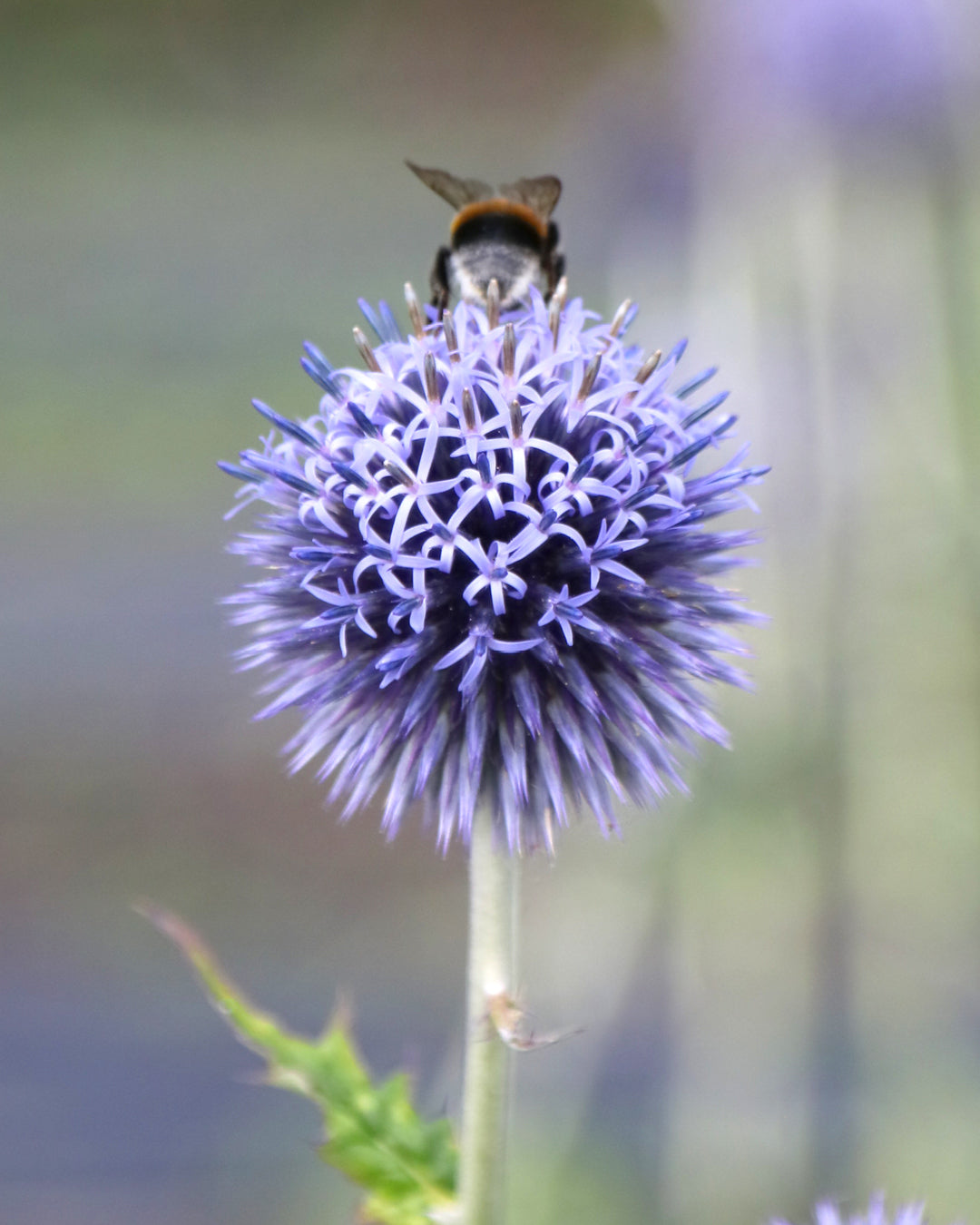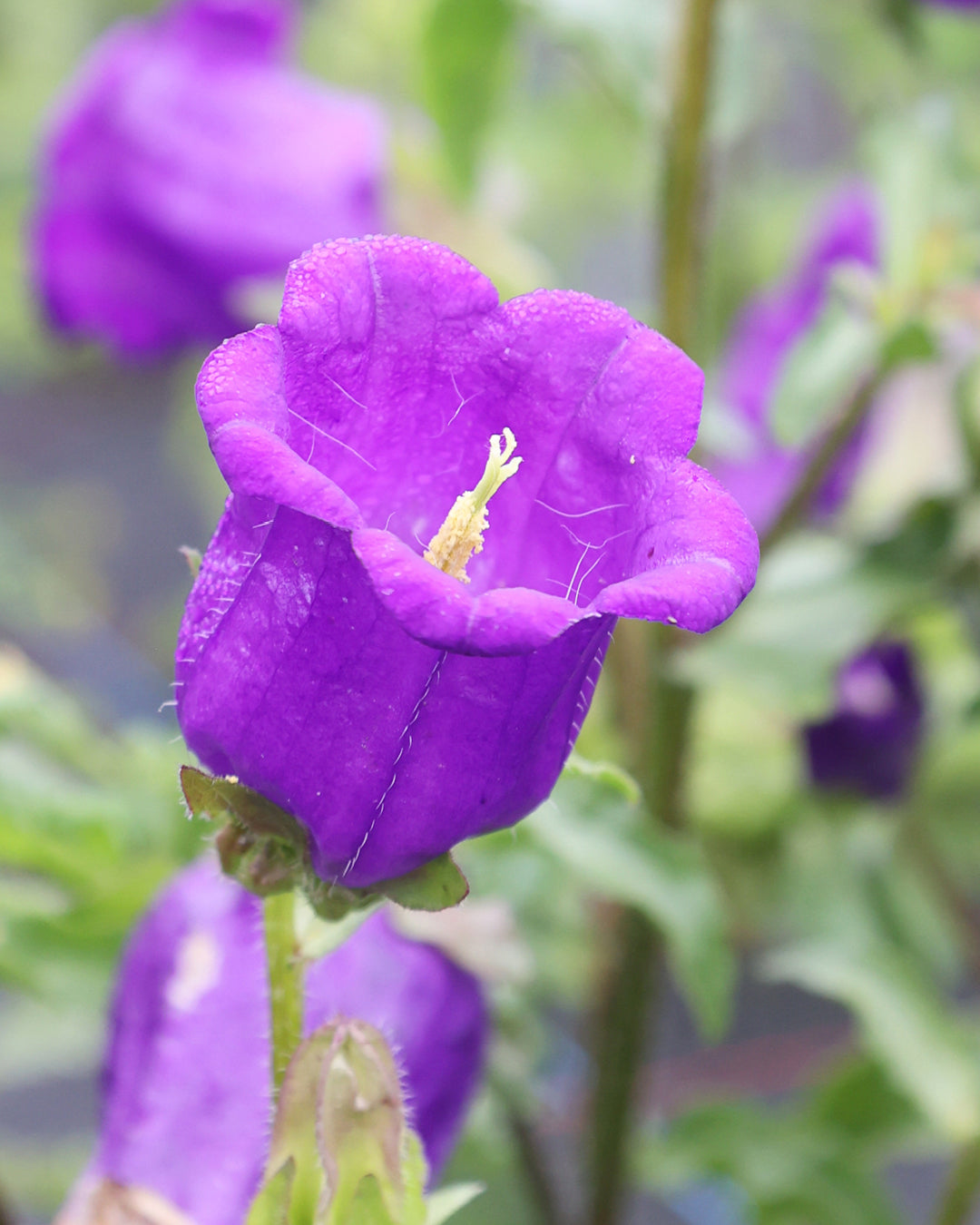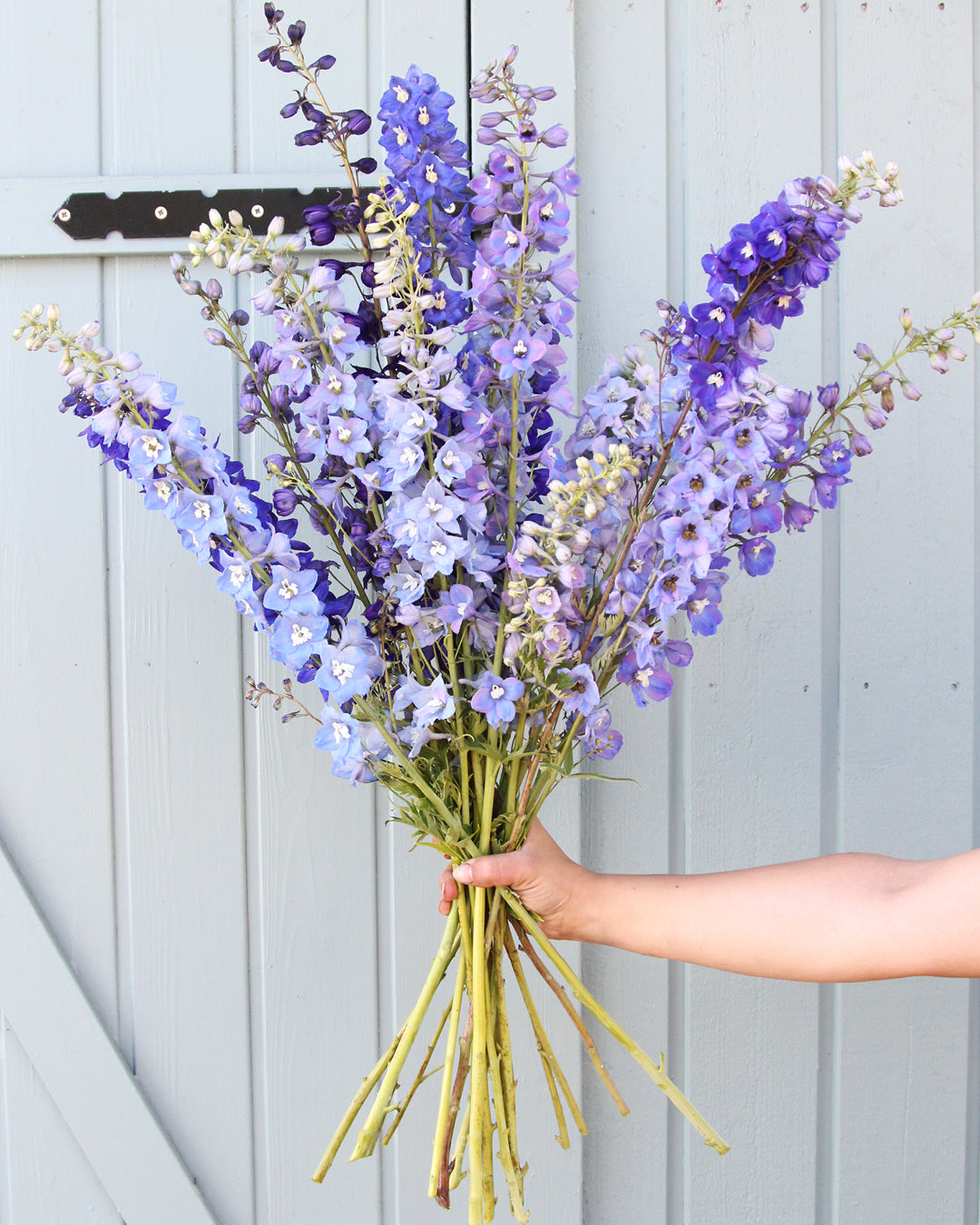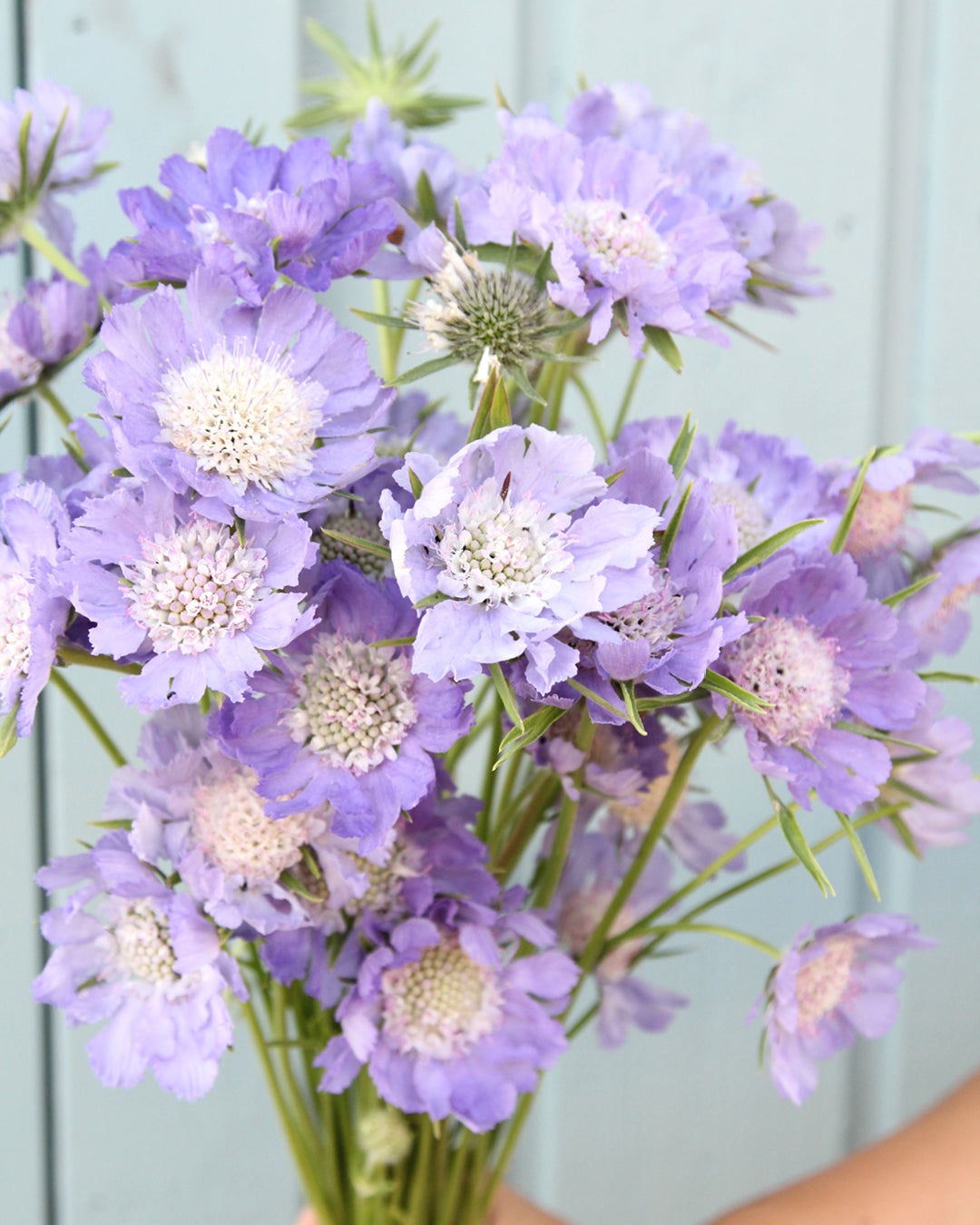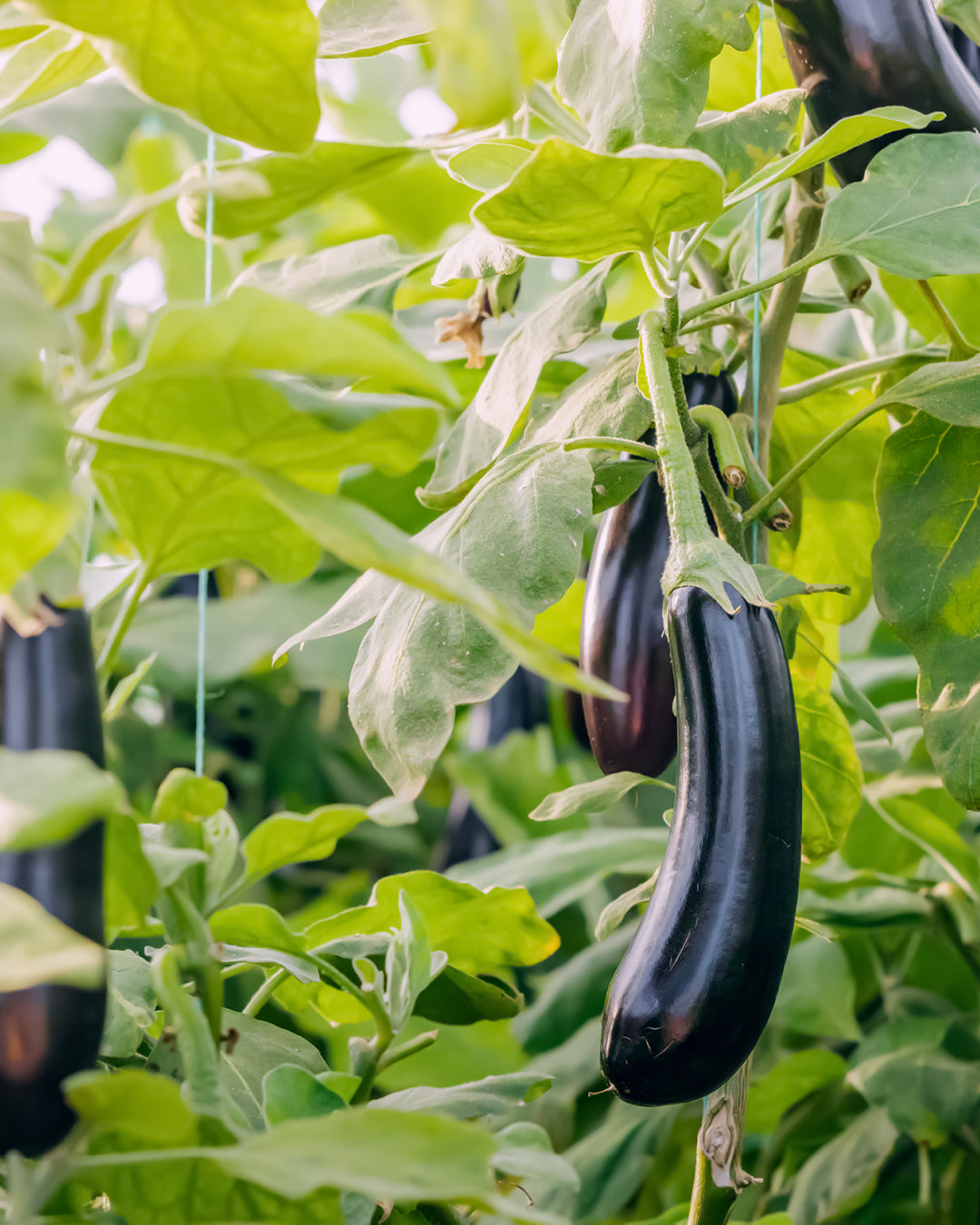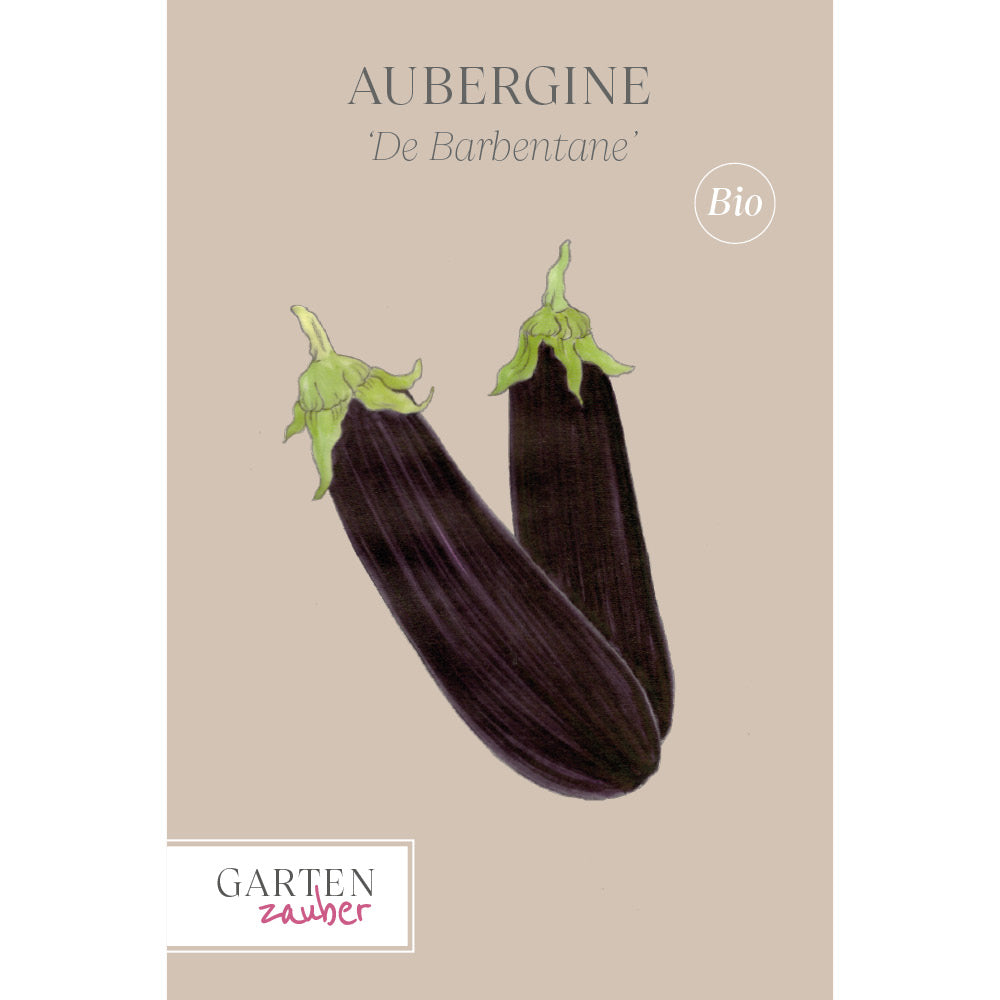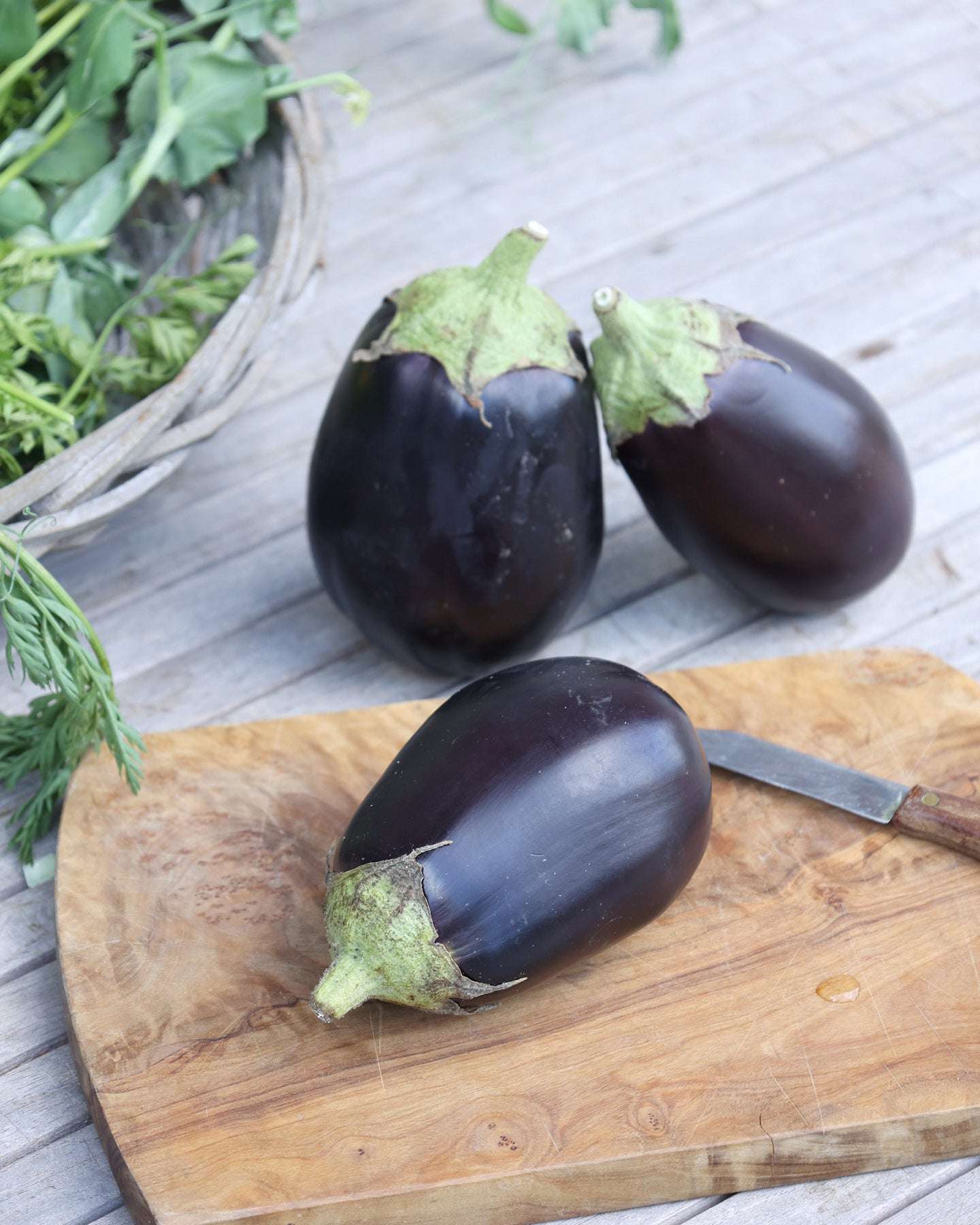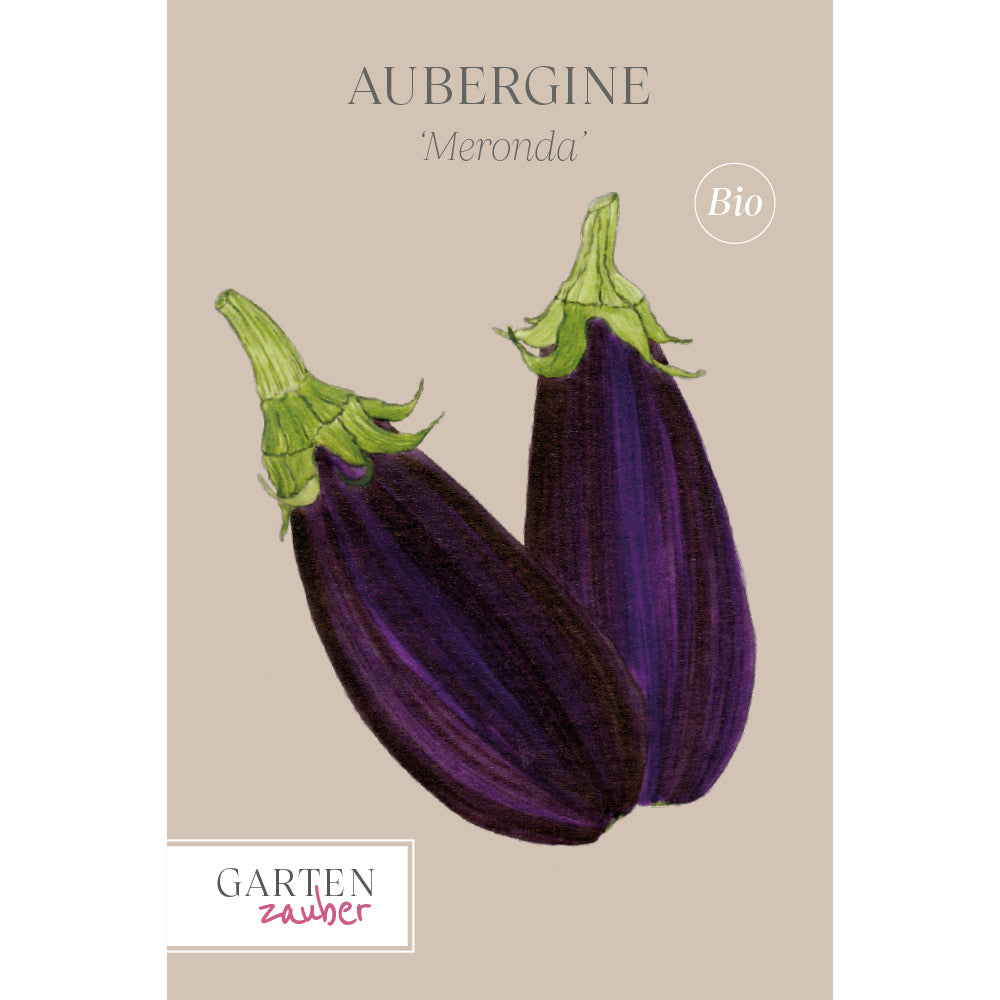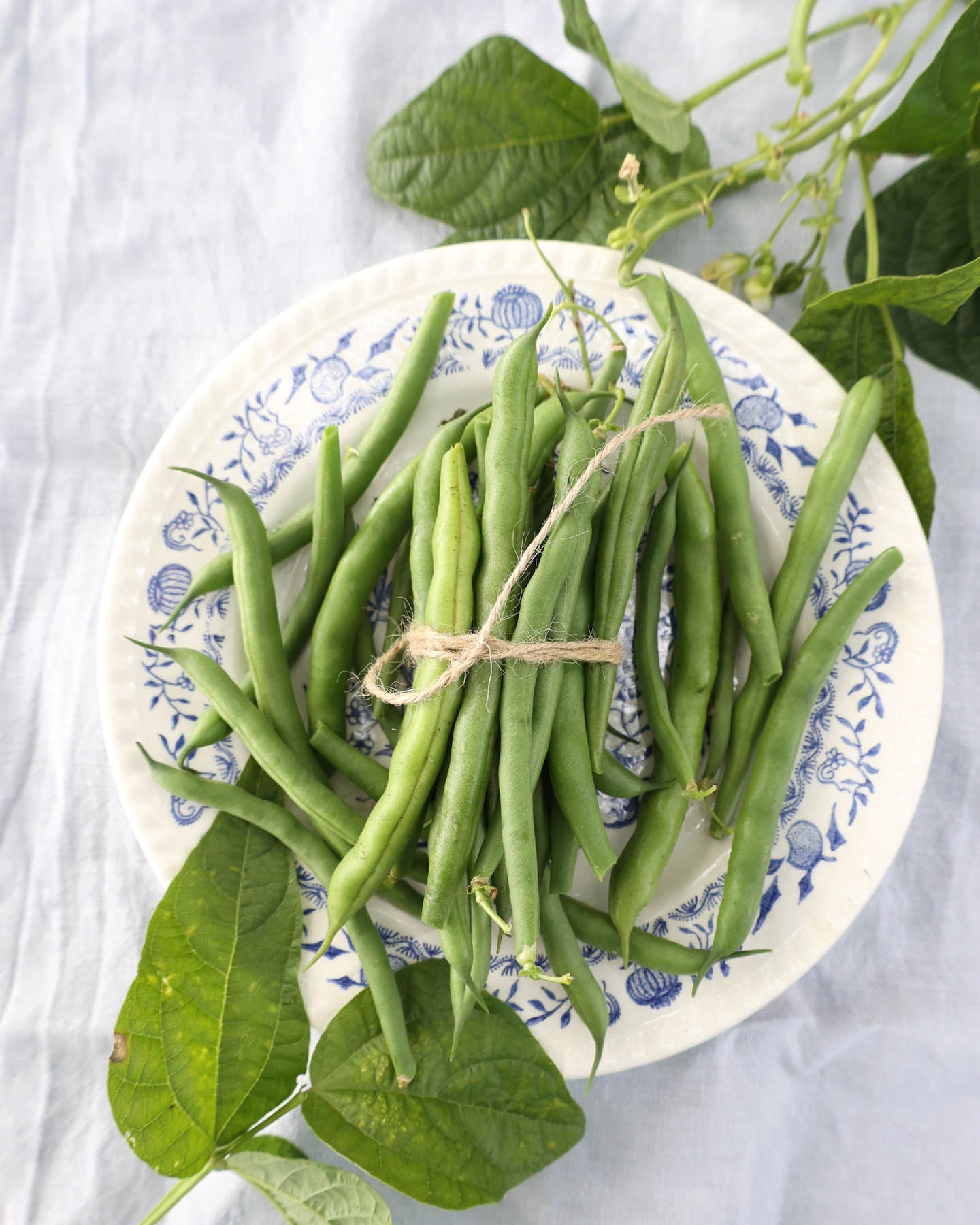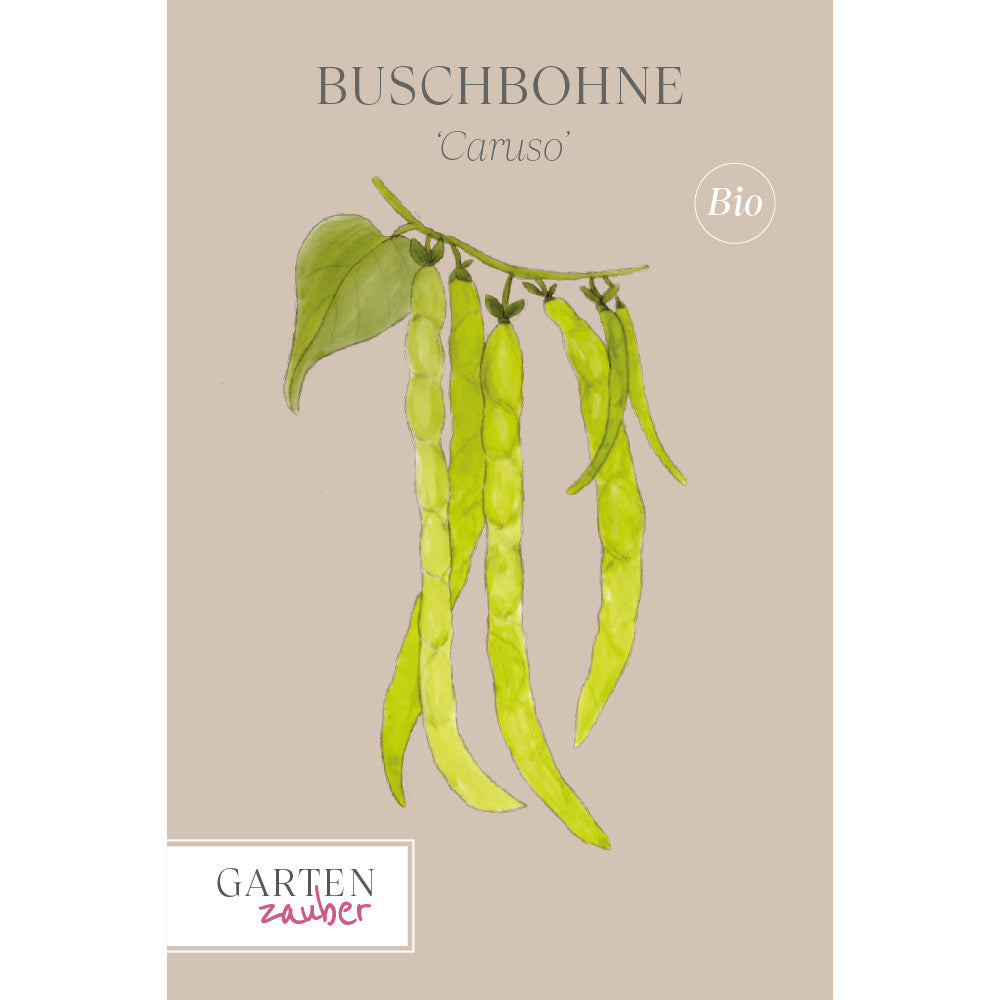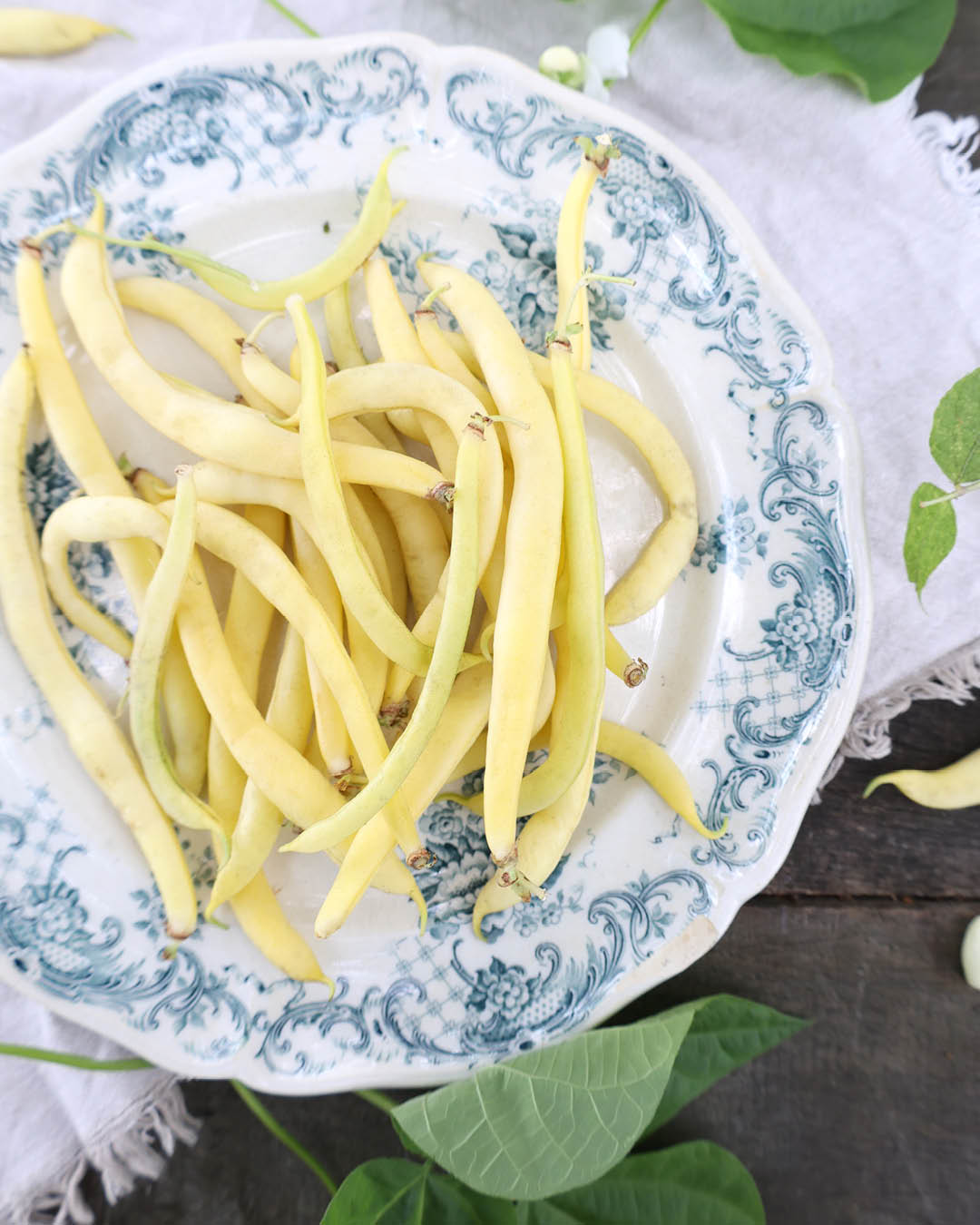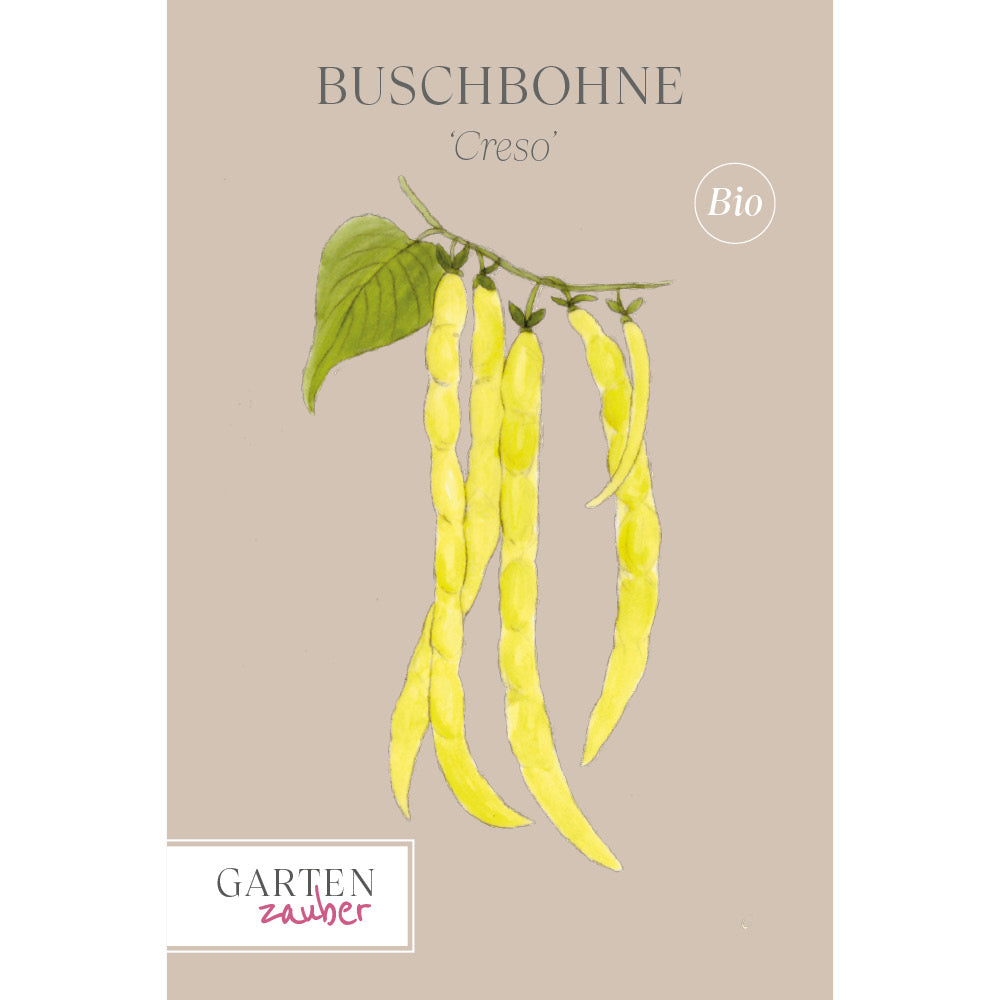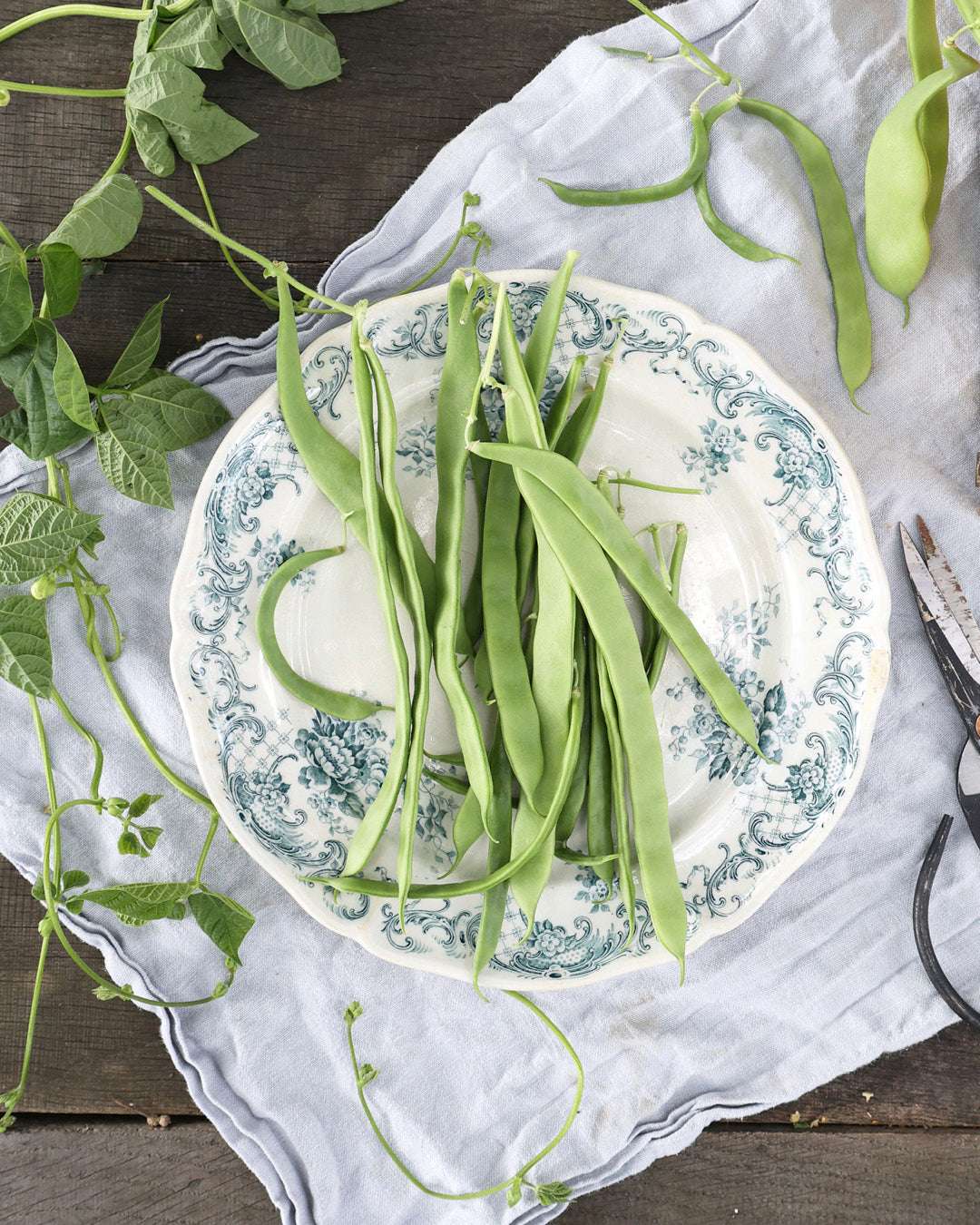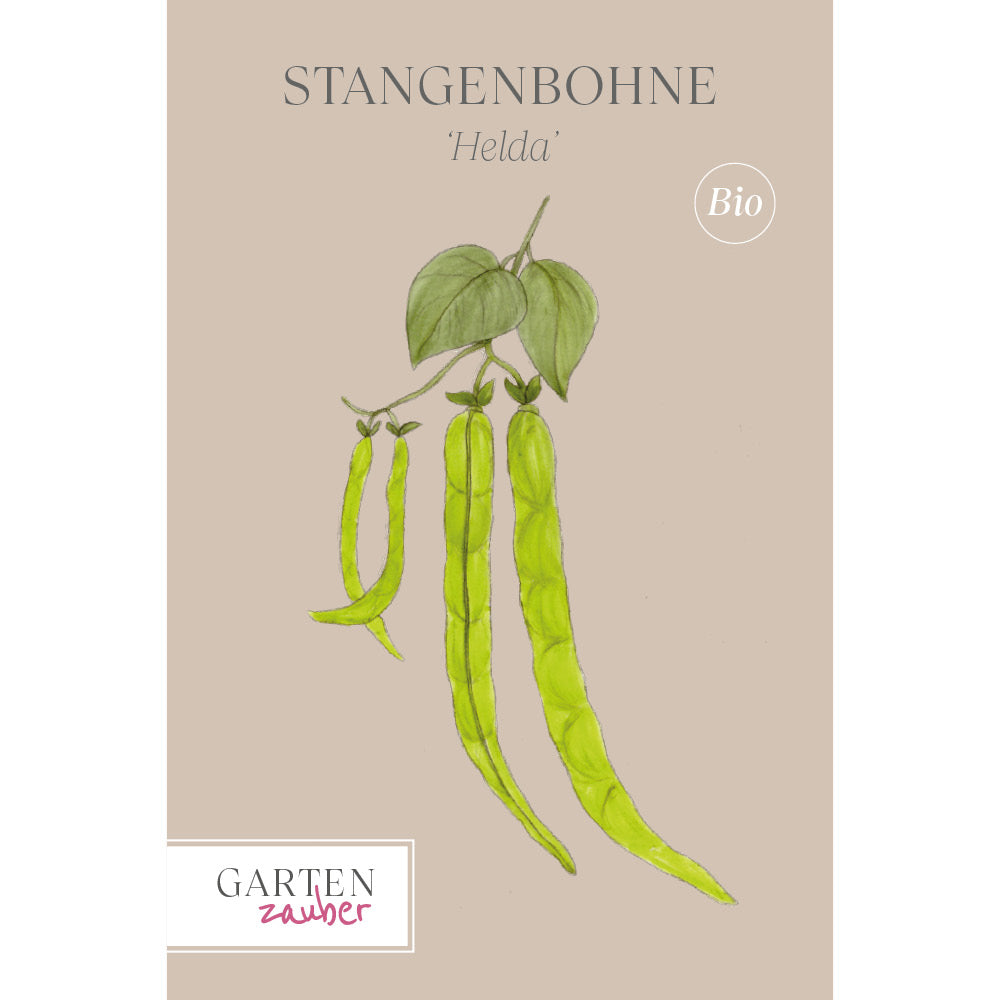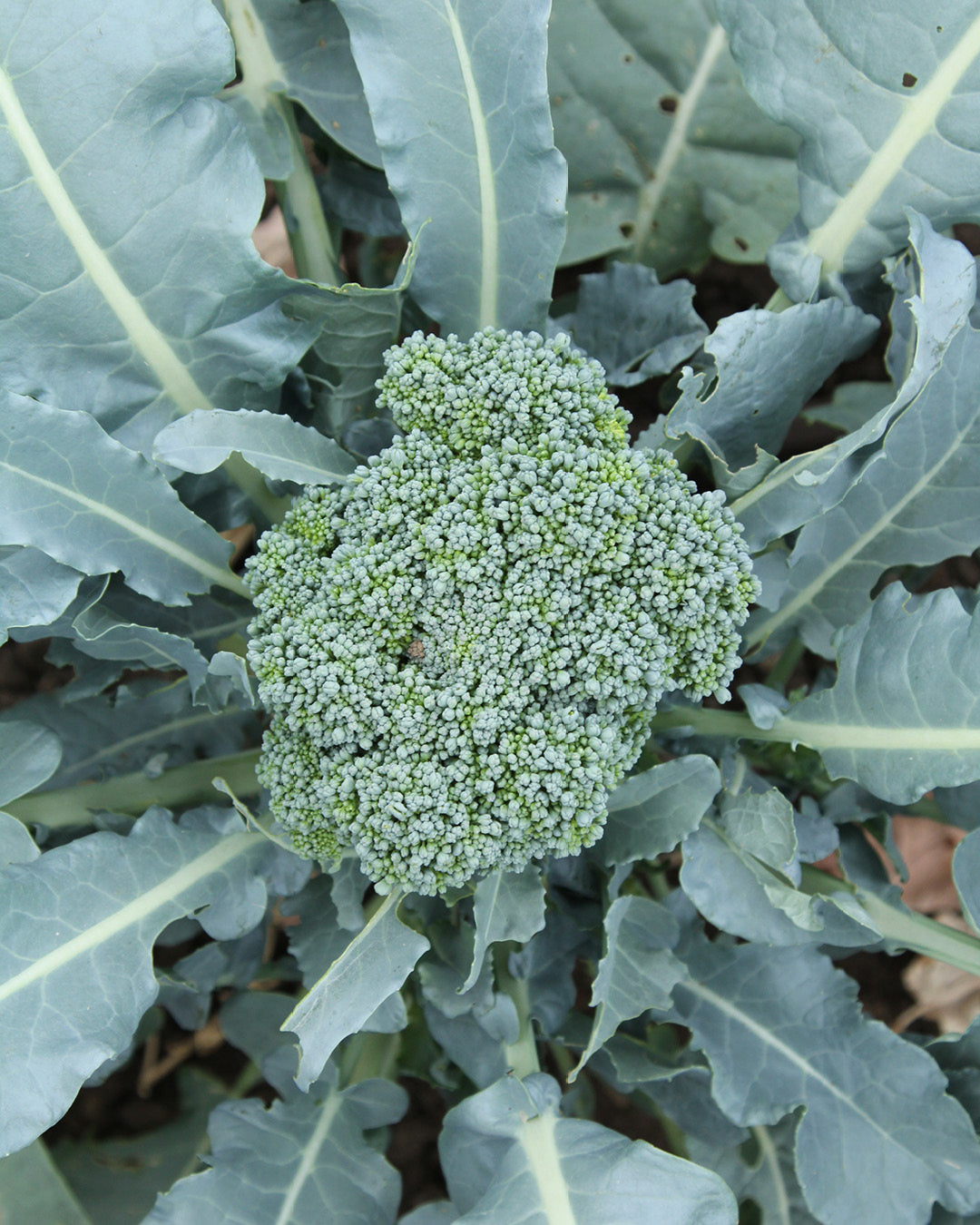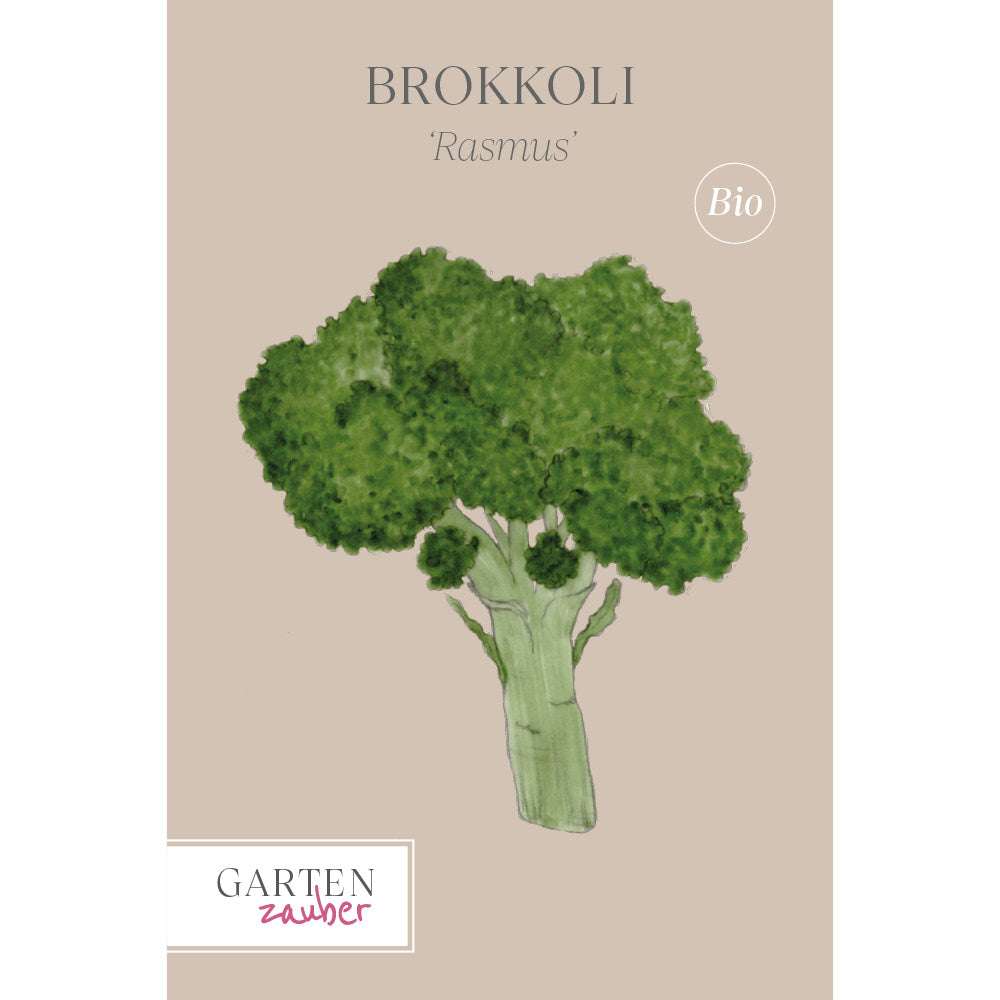We plan and design a tulip bed
To ensure the first splashes of color appear in the garden early in spring, you should start planning and designing your tulip bed in the fall. A tulip bed will be particularly beautiful and robust if you plant several varieties of tulips, rather than just one. We'll show you how to create a distinctive interplay of colors and shapes in a tulip bed!
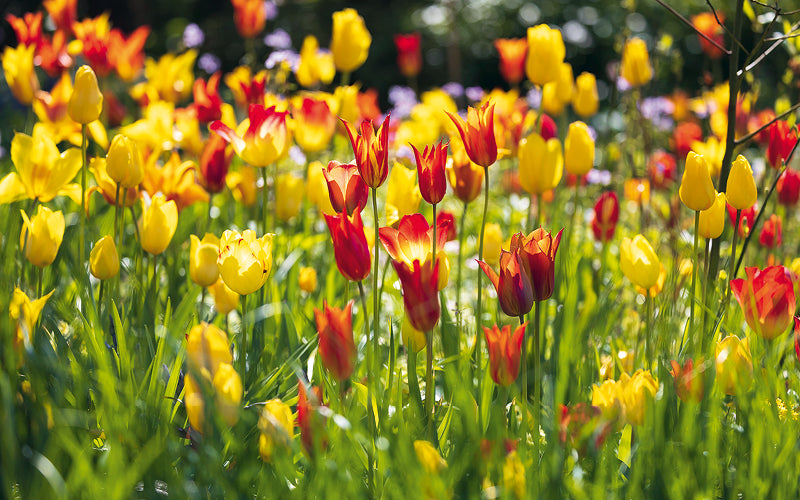
We plan and design a tulip bed
You can achieve great variety in your tulip bed by experimenting with different flower shapes. There are several groups: Triumph tulips are probably the most well-known; their flower heads are quite broad and rounded at the top and bottom.
Fosteriana tulips have a rounded edge and a slight point at the bottom. Double tulips aren't particularly attractive to insects, but they're still very distinctive. They don't have just one flower crown, but many.
Lily-flowered tulips are slender and have pointed petals that reach for the sky. Kaufmanniana tulips are smaller, with rounded tops and bottoms.
Viridiflora tulips have green veins that taper towards the top.
Parrot or Crispa tulips resemble bird feathers and have feathery frayed edges. Unfortunately, Crispa and parrot tulips aren't particularly long-lasting. They're more of an ornamental plant for one year, after which, in our experience, they often produce nothing but foliage or stunted blooms. Double tulips are also candidates for regular replanting if their conditions aren't absolutely optimal. Longevity doesn't look like much, but the effect can be beautiful for a year.

Thanks to the huge range of colors, tulips leave nothing to be desired. Combining different red tulips or a whole range of yellow shades, for example, will result in increased color depth and a longer blooming period. The colors appear less bland, but much more vibrant and intense when placed in very light shades in the flowerbed.
If you've purchased several varieties that harmonize in height and color, then before planting, throw all your purchased bulbs together and mix them. Only then should they be scattered in the bed and planted. Just as in nature, chance plays a role here. Where the bulbs seemingly fall at random, they are buried in the ground, and next spring you'll have a dancing sea of flowers in your garden.
If you want to make things easier, you can buy color-coordinated mixes. However, not all bulbs are usually hardy, so the next year's bed won't look quite as perfectly coordinated, and some varieties will usually fail.
← vorheriger Post: Bee-friendly perennials: autumn anemone, yarrow, scented nettle & Co.
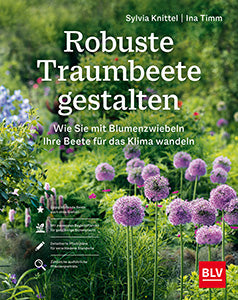
The content of this article is from the book:
Ina Timm Sylvia Knittel
Design robust dream beds
-How to adapt your flowerbeds to the climate with flower bulbs
Price 22,00 €
ISBN 978-3-96747-064-2
BLV
From extreme drought in summer to hail, storms, and heavy rain: Climate Genius bulbs are not only easy to care for, but also offer variety in the garden bed throughout the entire gardening year. With detailed profiles, suggestions for suitable companion plants, and detailed planting plans.

